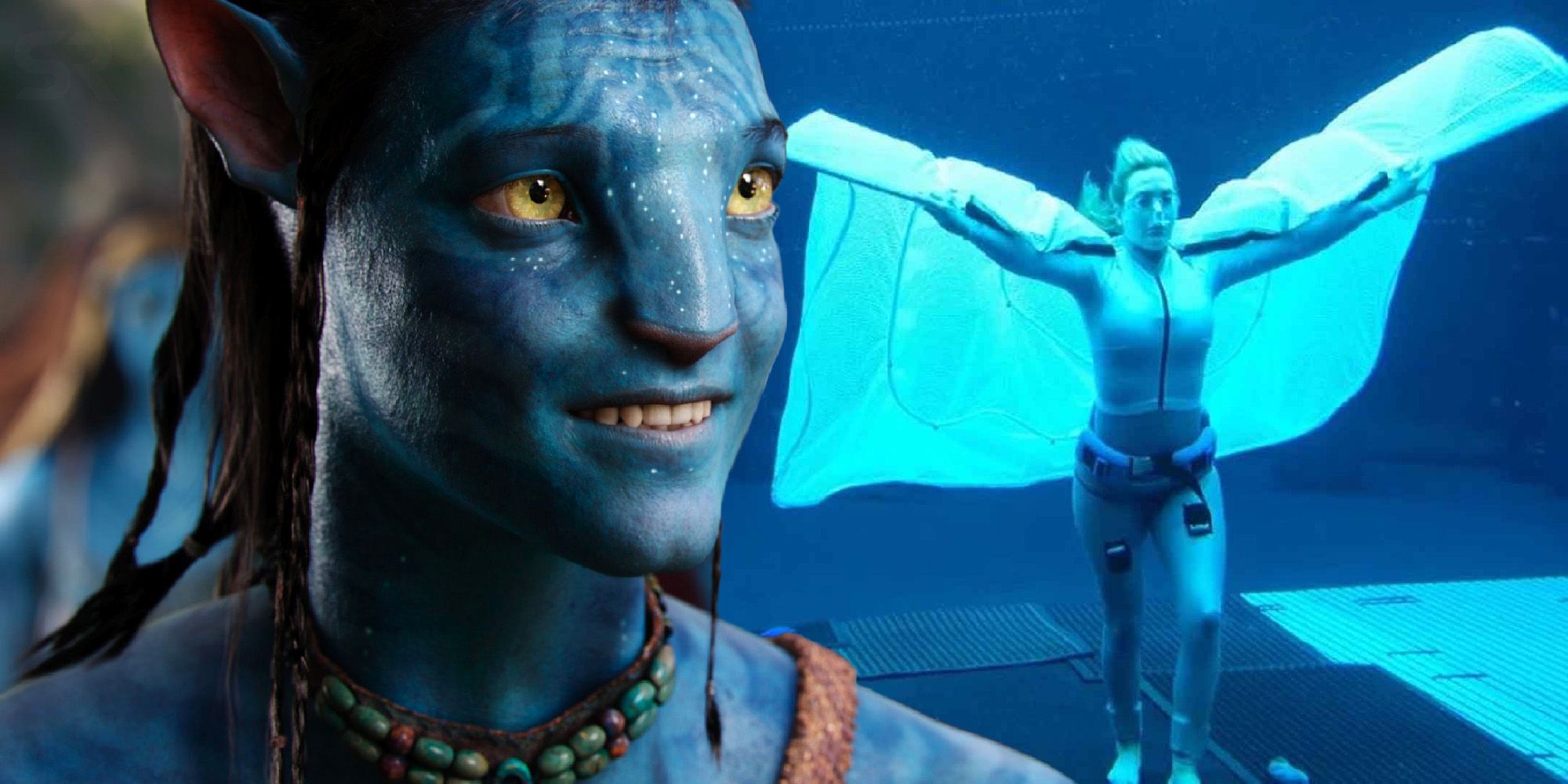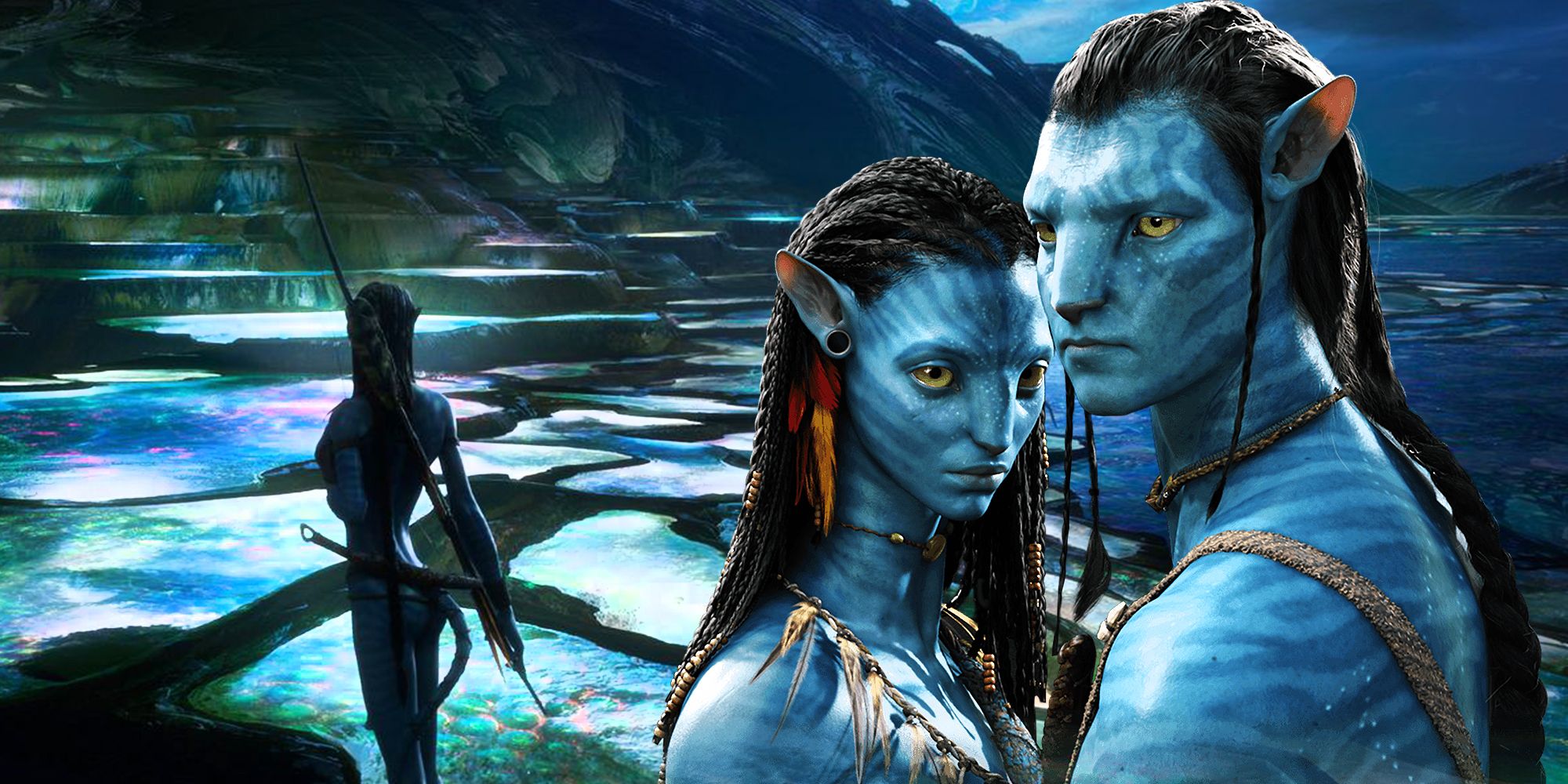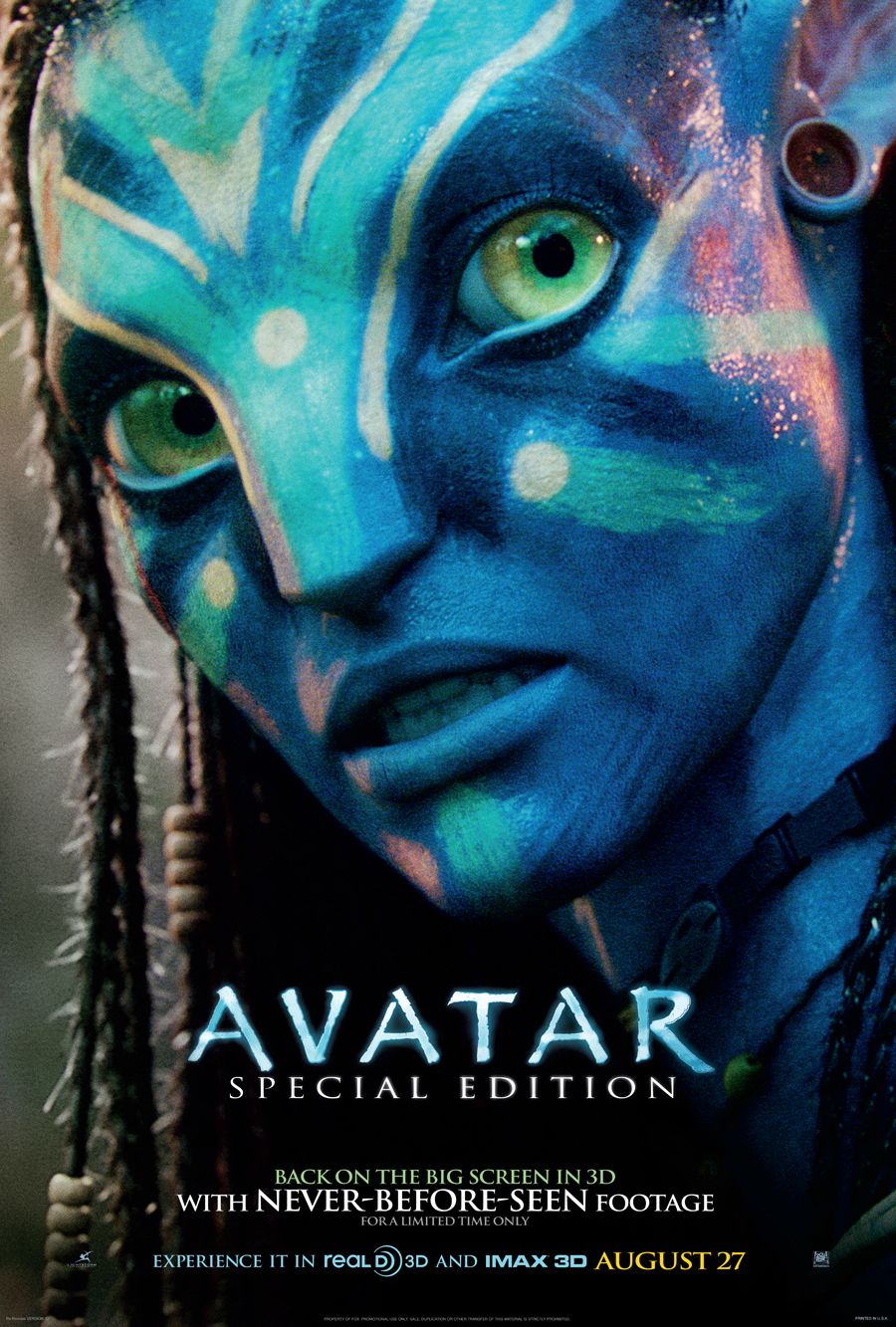James Cameron's Avatar movies need to stop relying on their purely technical achievements, starting with Avatar 2's extensive underwater sequences. Cameron is known for revolutionizing VFX techniques to make highly successful movies such as Terminator 2: Judgment Day. His most lucrative creation is also the highest-grossing original movie of all time: 2009's Avatar. 15 years in the making, Avatar's success undeniably depended on its revolutionary CGI and 3D technology to create the breathtaking world of Pandora and its lifelike Na'vi inhabitants. The wait was worth it, and Avatar's realistic designs, physics, motion-capture performances, and environments became solid proof that VFX-heavy movies could be as convincing as any other live-action offering, if not more.
One criticism Avatar has continually received is that its plot is extremely basic. The same premise has been done to death throughout the years: an American soldier immerses himself in an exotic tribe of nature-guided natives and single-handedly saves them from colonization, conquering the leader's daughter along the way. Comparisons to Dances With Wolves abound, but besides its lack of originality, Avatar's colonial narrative continues to depict native tribes as semi-savage people in need of a western savior, not to mention how it misunderstands its own environmentalist message. As many critics and casual viewers have constantly pointed out, there's hardly any innovative quality in Avatar besides its visuals.
Now that technology has advanced enough for Cameron to take the next big step in the production of a handful of sequels, Avatar 2 is officially underway. On top of the fancy new tech Avatar 2 is using to film its underwater scenes, the movie has already made the headlines with Kate Winslett's record-breaking 7 minutes holding her breath underwater to shoot her scenes. Avatar 2 can benefit from this focus on its technical aspects as much as the first Avatar took advantage of CGI and 3D. However, the sequel can still fall short when it comes to plot, performances, pacing, and other crucial aspects.
As a sequel, Avatar 2 can't have the same degree of novelty that the original did, regardless of how much it tries to overhaul its visuals. Audiences are always more attentive to the plot once the initial awe simmers down, given that they already know the world and its characters. Besides, having a stronger narrative, stronger character development, and bigger surprises is much more important for the Avatar franchise now, considering that Cameron has planned three more sequels after Avatar 2. New visual effects are simply not enough to keep a franchise afloat, much less expand it.
Moviegoers always seek the full cinematic experience, not just pretty images. In order to help Avatar 2 and its subsequent sequels succeed, every upcoming installment needs to use the resources that correspond to the narrative progression of the franchise. Some movies need complex VFX to tell their best story and others need the most minimalistic setting they can get, but every movie that has withstood the test of time has avoided purely superficial gimmicks. After all, the latest technology will always keep getting replaced. Good sci-fi stories won't.





